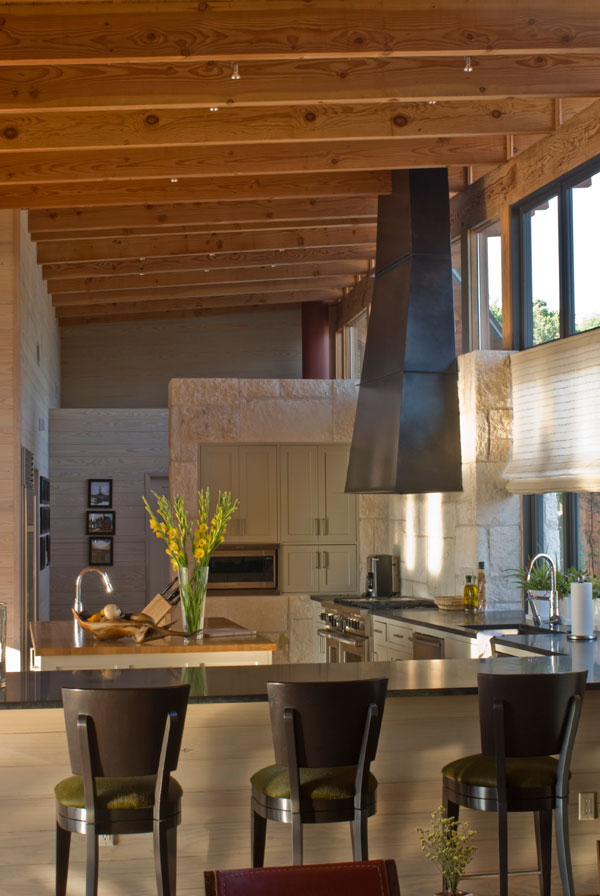It seems that the more I'm on Pinterest and 1stDibs, the easier it is for me to find 'inspiration' for blogging.
I was a blog reader for a very long time before Amy took initiative to get this blog going.
Often, after finishing another blogger's post, I think,...hmm..I really liked what she said, but didn't feel like the complete direction or goal of what she was trying to say came full circle.
And today, I ask myself the same question. Did I just start a post to 'get something out there?' Or was it content that someone else would find interesting, insightful or worthwhile?
So while it's fun to find photos from all the available sources out there, a good blogger is someone who will take further steps forward to inform or entertain the reader.
As a blogger, thats when your blog stats rise, your audience grows, and you start to become knowledgable about what you're passionate about.
So today, I'll inform you.
A month or so ago, Amy and I talked about a new project that we were working on for a Dallas consignment store. That project is now on hold, and we don't know if we'll get back to it.
However, we do promise to keep posting about other other projects. And we will find other opportunities. We are 2 fun and creative girls in Dallas!
Plus, Amy recently had a plummer come and rip out a large section of her bathroom wall! Exciting!!
We'll be back to share more about paint, bathroom hardware, and tubs.
I really like this photo. I love the twin-size bed. I'm not sure how often I'd feel like taking a nap in my kitchen, but this kitchen seems pretty special.
This kitchen also has a unique design element.
Curtains that drape the floor. Via Cote de Texas
Thanks for reading!
Tara











































